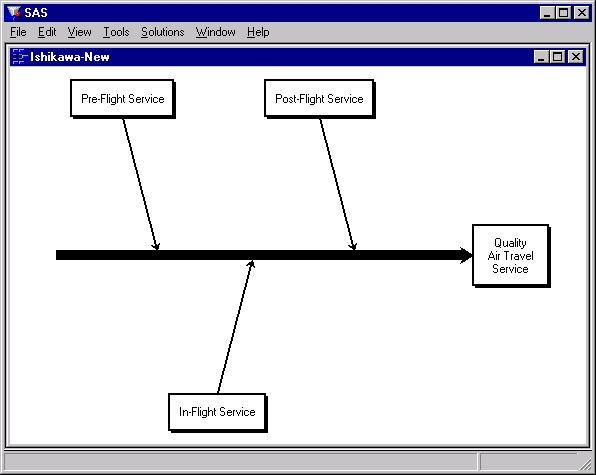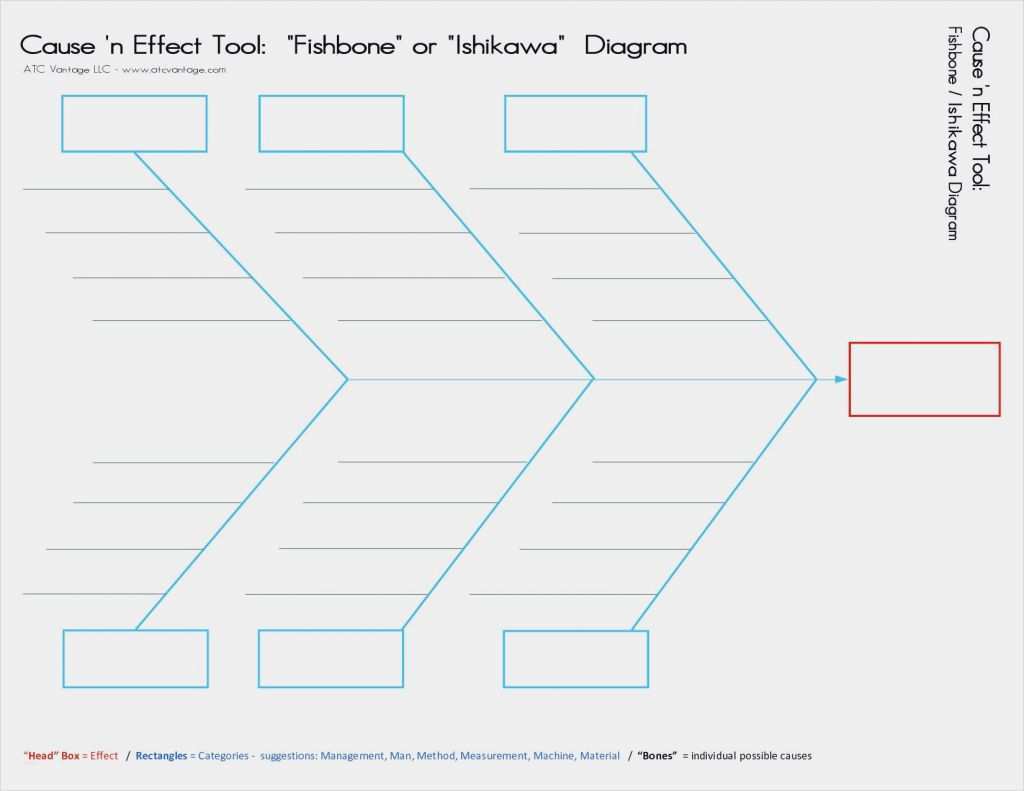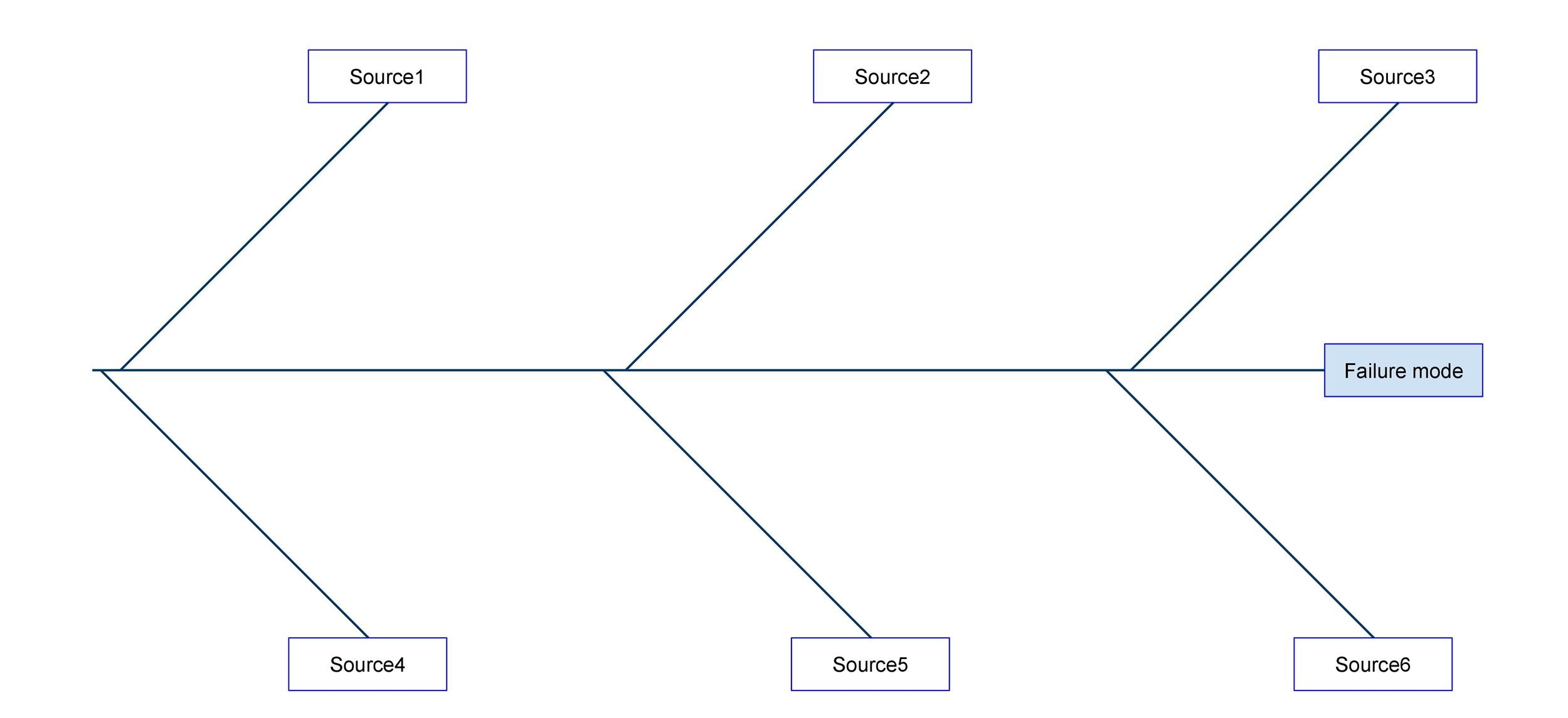

Now click on the worksheet tab labeled "3 Legged 5 Whys" to view the results.Ĭomplete the remaining sections shaded in yellow. The Root Cause of the Detection Failure becomes the Systemic Failure problem (A10).Ask Five Whys to find root cause of detection failures.The Root Cause (last why in the list) of the Specific Problem becomes the Detection Failure problem (A6).This diagram is called fishbone diagram because it has some resemblance of a fish skeleton, where the ribs represent the causes of an event and the ultimate conclusion appears at the head of the skeleton. Therefore it is also known as Ishikawa diagram or cause and effect diagram.


Then on each of the fish bones, add causes and supporting details. Start at the head of the fish, where youll put the main issue or problem. Add your data - Fill each section of the fishbone diagram. To Complete a 3L5W Analysis Using QI Macros Template The filters also make it easier for you to find the perfect fishbone design. Test of root cause logic: Third why happens, therefore, the second why happens, therefore, the first why happens. Example of QI Macros Three-Legged Five Why Template in Excelįive why's of root cause analysis: first why happens because of the second why which happens because of the third why. It also distinguishes between three types of failures using the three legs of: specific problem, detection failure and systemic failure. Why it Matters: The three-legged five why (3L5W) template is similar to a fishbone or Ishikawa diagram. However, the 3L5W template puts additional emphasis on testing the logic of your cause and effects analysis. Lean Six Sigma Templates » Three Legged Five Why Template Need to Perform a Three-Legged Five Why Analysis? QI Macros has a Ready-Made 3-Legged 5 Why Template for Excel!
#ISHIKAWA DIAGRAM TEMPLATE EXCEL FREE#
#ISHIKAWA DIAGRAM TEMPLATE EXCEL SOFTWARE#
Quality Nugget: Creating Ishikawa (Fishbone) Diagrams With R ( Software Quality Professional) A fishbone diagram connects causal links in major categories with an outcome, or effect. The Quality Toolbox, Second Edition Articles Booksīusiness Process Improvement Toolbox, Second Edition You can also search articles, case studies, and publications for fishbone diagram resources. The resulting diagram illustrates the main causes and subcauses leading to an effect (symptom). Start using the fishbone diagram template and analyze process dispersion with this simple, visual tool. "Iron tools" can be considered a "Methods" problem when taking samples or a "Manpower" problem with maintenance personnel. "Calibration" shows up under "Methods" as a factor in the analytical procedure, and also under "Measurement" as a cause of lab error. Note that some ideas appear in two different places. Layers of branches show thorough thinking about the causes of the problem.įor example, under the heading "Machines," the idea "materials of construction" shows four kinds of equipment and then several specific machine numbers. The team used the six generic headings to prompt ideas. This fishbone diagram was drawn by a manufacturing team to try to understand the source of periodic iron contamination. When the group runs out of ideas, focus attention to places on the chart where ideas are few.Layers of branches indicate causal relationships. Continue to ask "Why?" and generate deeper levels of causes. Write sub-causes branching off the causes. Again ask "Why does this happen?" about each cause.Causes can be written in several places if they relate to several categories. Ask "Why does this happen?" As each idea is given, the facilitator writes it as a branch from the appropriate category. Brainstorm all the possible causes of the problem.Write the categories of causes as branches from the main arrow.If this is difficult use generic headings: Brainstorm the major categories of causes of the problem.Draw a box around it and draw a horizontal arrow running to it. Write it at the center right of the flipchart or whiteboard. Agree on a problem statement (effect).Materials needed: marking pens and flipchart or whiteboard.


 0 kommentar(er)
0 kommentar(er)
